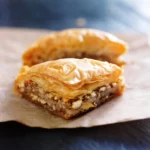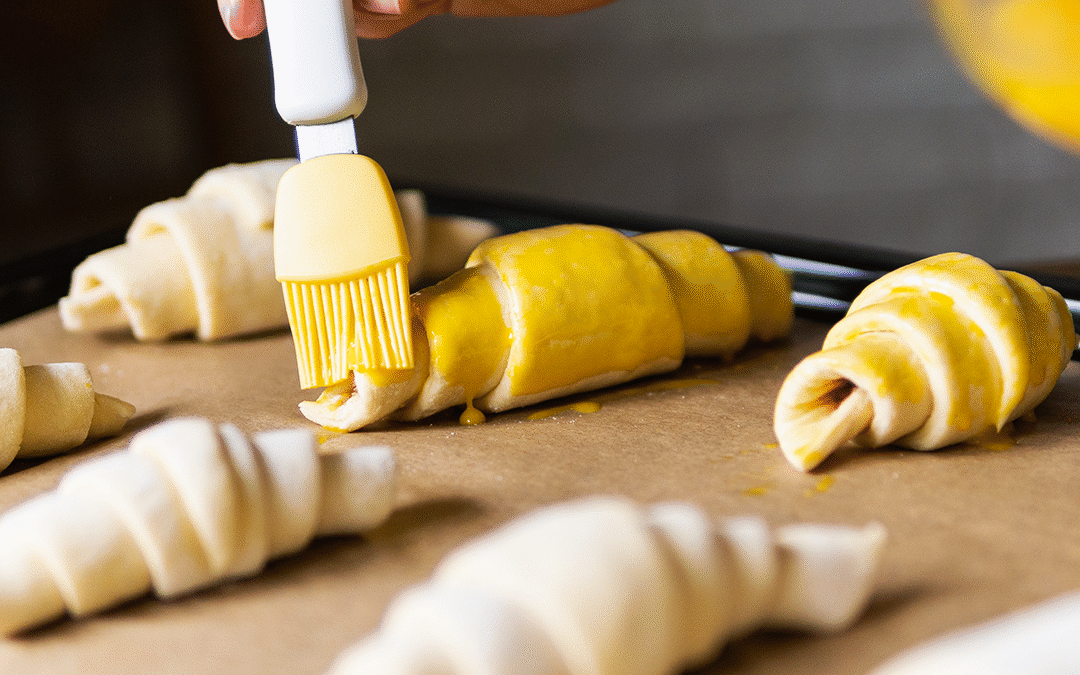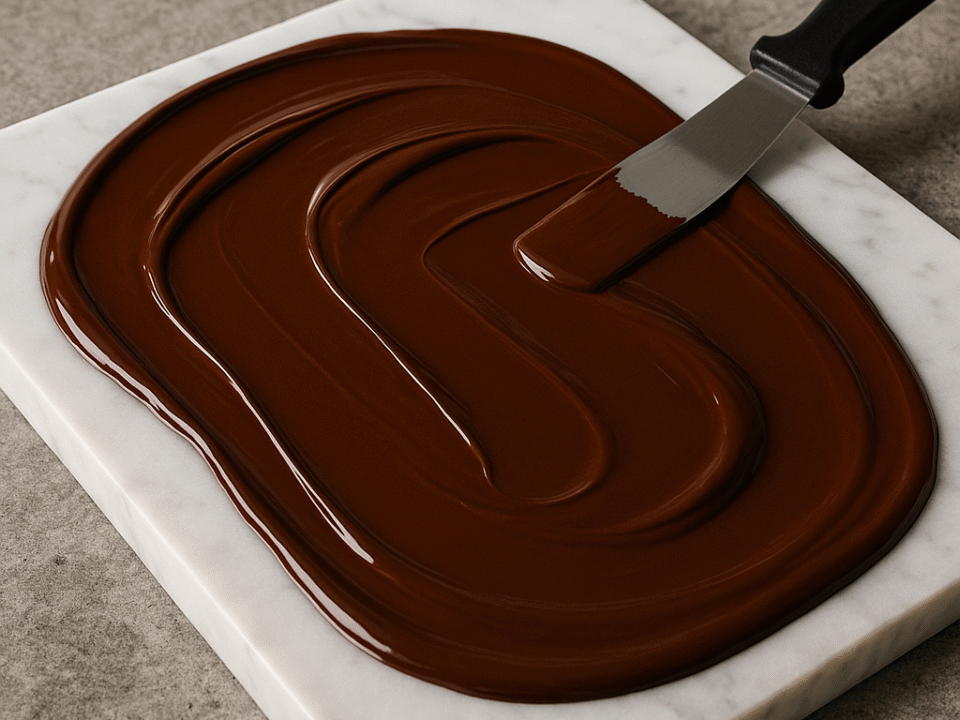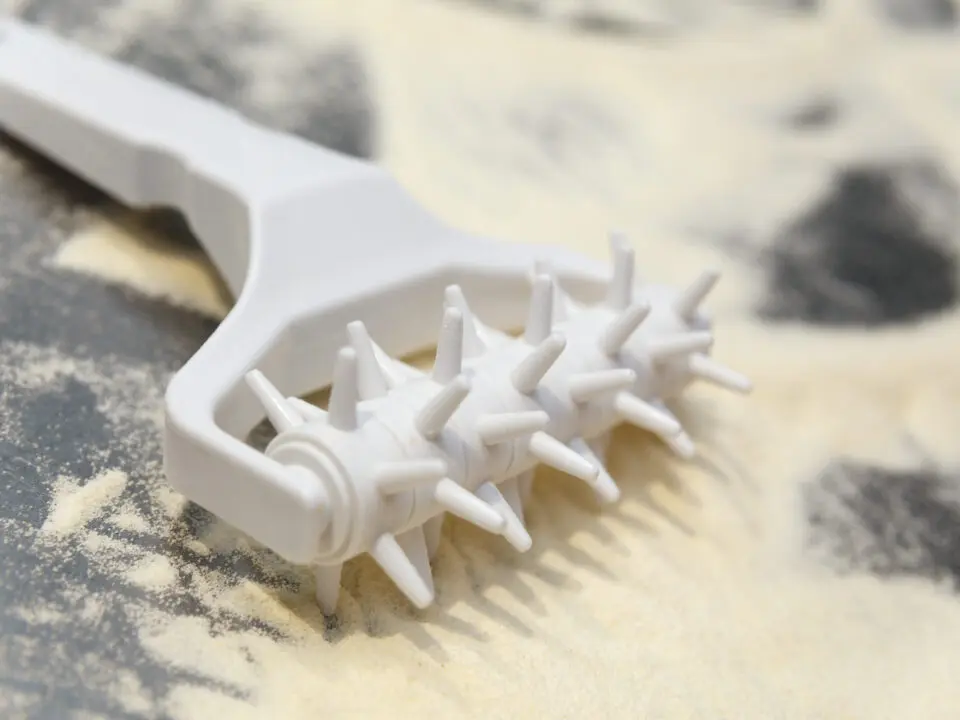
Marie-Antoine Carême
August 4, 2025
Baklava (Turkey/Greece)
August 11, 2025For Glazing, Egg Washes, or Brushing Off Flour.
A good pastry brush is a humble yet powerful tool that bestows a sense of control and precision. In the hands of a pastry chef, it’s not just a tool, but a tradition. Whether you’re adding a glossy egg wash to a batch of croissants, brushing a thin glaze onto a tart, or flicking excess flour from a dough before baking, the right brush empowers you to create with precision.
Choosing Between Natural Bristle and Silicone
Natural bristle brushes have been the standard in professional kitchens for generations. Made from soft animal hair (often boar), they hold liquids well, which makes them ideal for egg washes, syrups, and butter. They’re gentle, giving you even coverage without disturbing delicate pastry layers.
Silicone brushes are the modern alternative. They’re easy to clean, won’t shed bristles, and can handle high heat without damage. They don’t hold liquid in quite the same way as natural bristles, but they’re excellent for oiling pans, basting roasts, or working with sticky glazes that can be tricky to wash out of traditional brushes.
How I Use Mine in the Kitchen
In my kitchen, I keep both. The natural bristle brush is my go-to for pastries that need a delicate touch – think puff pastry or Danish dough, where too much pressure could ruin the layers. The silicone brush comes out when I’m glazing something hot from the oven or working with sugar syrups that set quickly.
A Note on Care
Natural bristle brushes need a little extra love. Wash them gently by hand, making sure no egg or butter lingers at the base. Let them dry completely before storing to avoid any musty smells. Silicone brushes are more forgiving – they can usually go straight in the dishwasher.
Why It Matters
A pastry brush might not seem like a make-or-break tool, but in pastry work, it’s the small details that matter. An even egg wash can be the difference between a pale pie crust and a beautifully golden one. A light flick of flour can keep the surface of your dough clean, helping it bake evenly. And a smooth glaze can transform a tart from “nice” to “showpiece.” The right brush is not just a tool, but a key to enhancing your baking results.
If you’re building your collection of pastry tools at home, don’t overlook this simple, yet versatile brush. It’s one of those quiet helpers that earns its place on your counter every time you bake, ready to assist in a variety of tasks.
Frequently Asked Questions – Pastry Brushes
1. What is a pastry brush used for?
A pastry brush is used to apply egg washes, glazes, melted butter, or syrup to pastries. It’s also handy for brushing excess flour from dough before baking.
2. Which is better: natural bristle or silicone pastry brush?
Natural bristle brushes hold liquids well and are gentle on delicate pastries. Silicone brushes are heatproof, easy to clean, and great for sticky or high-temperature tasks.
3. Can pastry brushes go in the dishwasher?
Silicone brushes are usually dishwasher safe. Natural bristle brushes should be washed by hand to maintain their shape and softness.
4. Why keep both types of pastry brush?
Many bakers use natural bristle for precision work and silicone for hot or sticky applications, covering a wider range of baking tasks.
5. How do I stop my pastry brush from smelling?
Wash it thoroughly after each use, making sure to clean near the base of the bristles. Dry completely before storing to avoid musty odours.



